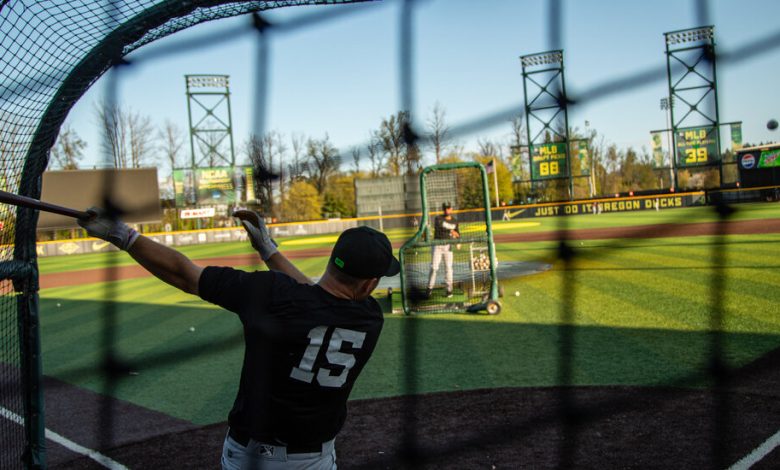Can Minor League Baseball Survive Its Real Estate Problems?

Ed Willson has a jar filled with dirt sitting on his desk.
For more than 40 years, Mr. Willson has been a fan of the minor league baseball team in Eugene, Ore., the Emeralds, and a season-ticket holder for 22 seasons. He was crushed when Civic Stadium, the longtime home of the team, burned to the ground in 2015. “It was a serious heartbreak,” Mr. Willson said.
After the fire, Mr. Willson made a pilgrimage to the scorched diamond, where he filled a plastic bag with dirt from the pitcher’s mound that he considered sacred. He planned to give it to the team when it began construction on its new stadium.
Nine years later, the dirt is still on Mr. Willson’s desk. The Emeralds are still without a permanent home. And there’s a risk that the team, after 69 seasons, may leave town altogether.
Although the Emeralds (also known for their Sasquatch mascot, Sluggo) have survived wildfires, losing seasons, recessions, Major League Baseball’s 2020 reorganization of the minor leagues and Covid, they are a team without a ballpark.
And the debate about the Emeralds’ fate — in the birthplace of Nike, no less — is a testament to the struggle for affordable, in-person sports to survive in the current Gilded Age.
Nor are the Emeralds the only minor league baseball team that has reached a crisis point as a result of a ballpark problem. In 2020, Major League Baseball imposed new guidelines for its minor league stadiums. They include LED lighting, changing rooms for women, new fencing, expanded training facilities and a larger clubhouse. Those fixes are pricey.




